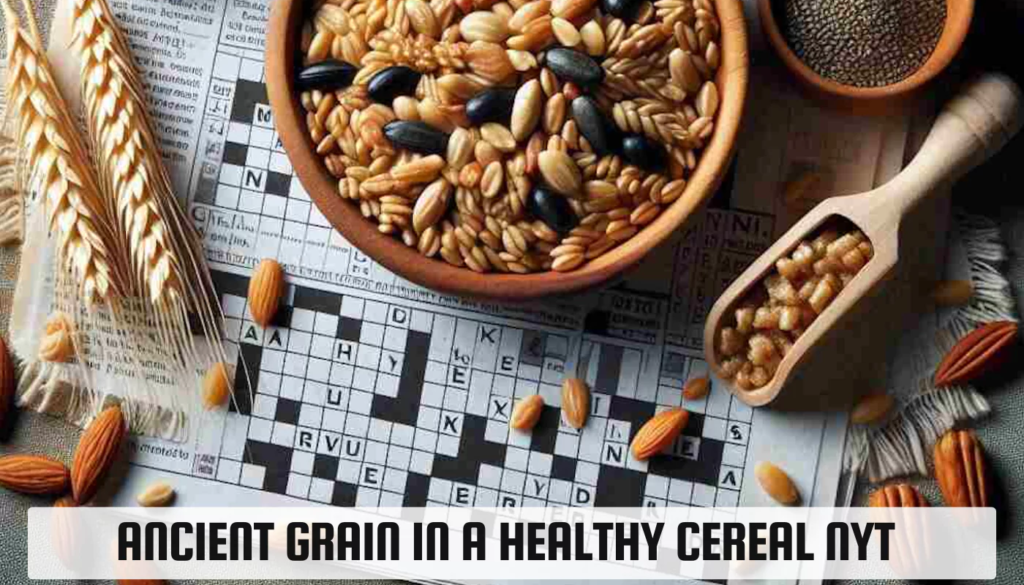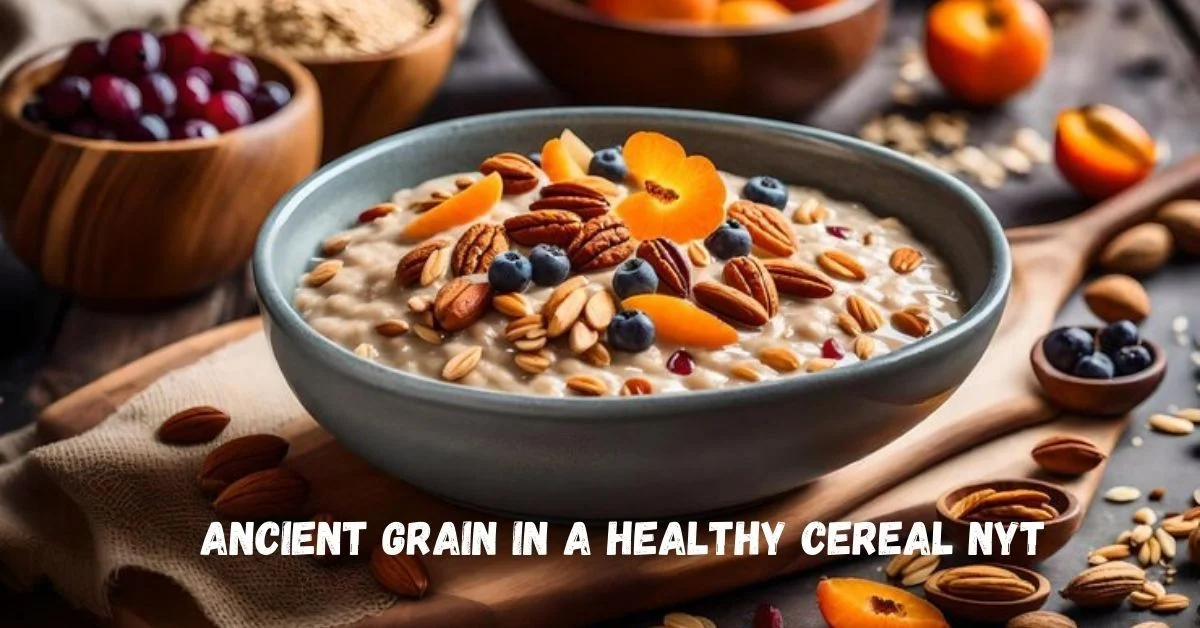Ancient grains have gained popularity for their exceptional nutrition and health benefits. As unaltered, traditional grains, they provide unique flavours, valuable proteins, and essential fibres. Choosing cereals with ancient grains can add more than taste to your breakfast—it can boost your health, especially when sourced from wholesome ingredients.
What Are Ancient Grains?
Ancient grains refer to types of grains and seeds that have remained unchanged over the centuries, unlike more modern, highly cultivated grains such as wheat and rice. Common ancient grains include quinoa, millet, spelt, and amaranth. Since these grains haven’t been modified, they retain high levels of nutrients, fibre, and vitamins.
These grains have been staple foods in various cultures around the world. Ancient grains are unique for their natural taste, nutritional value, and resilience to environmental factors. Their ability to grow in diverse climates without needing heavy chemical use makes them a sustainable choice.
Why Are Ancient Grains Good for You?
Ancient grains are not only packed with essential nutrients but also offer numerous health benefits. Unlike processed modern grains, ancient grains often contain higher amounts of fibre, protein, and antioxidants. These components play an essential role in digestive health, muscle repair, and reducing the risk of chronic diseases.
Furthermore, ancient grains are rich in vitamins, such as B vitamins, iron, and magnesium, which are crucial for energy production and overall health. Choosing ancient grains over processed grains can contribute significantly to a balanced diet.
Popular Ancient Grains in Healthy Cereals
Ancient grains are frequently included in modern healthy cereals due to their distinct flavour, texture, and nutritional benefits. Here are some popular ancient grains often found in cereals:

How Ancient Grains Add Flavor to Cereal
Ancient grains bring a variety of textures and flavours to cereals. For example, quinoa has a slightly nutty taste, while amaranth adds a hint of earthiness. These flavours make breakfast cereals more enjoyable and nutritious. Each grain has its unique flavour profile, adding complexity to every bite.
Fiber and Protein in Ancient Grains
Ancient grains like farro and millet are rich in dietary fibre and protein. Fibre helps maintain a healthy digestive system and supports steady blood sugar levels, making ancient grains an excellent choice for breakfast. Protein in these grains also helps build and repair muscles, keeping you full and satisfied for longer.
Ancient Grains vs. Modern Grains
The primary difference between ancient and modern grains lies in their nutritional value and cultivation methods. Modern grains have often been modified and stripped of their nutrient-dense layers, losing some of their health benefits. In contrast, ancient grains retain their original nutrient composition, making them a healthier choice for a wholesome diet.
How to Pick a Healthy Ancient Grain Cereal
When selecting an ancient grain cereal, it’s essential to look at the ingredient list and nutritional profile. Opt for cereals with whole ancient grains listed as the first ingredient. Avoid cereals with added sugars or artificial flavours, as these can negate the health benefits of grains.
Checking the fibre and protein content can also help identify nutritious cereals. A healthy ancient grain cereal should provide a good amount of fibre (at least 3-4 grams) and protein per serving to keep you full and energized.
Benefits of Eating Ancient Grains for Breakfast
Starting your day with ancient grains offers several benefits. The high fibre content helps regulate digestion and keeps you feeling full for longer, which can prevent unhealthy snacking later in the day. Additionally, the complex carbohydrates in ancient grains provide a steady energy release, ideal for a productive morning.
Ancient grains are also known to be lower in gluten, making them suitable for individuals with mild gluten sensitivity. Their nutrient-rich profile supports heart health, improves blood circulation, and can contribute to a balanced weight.
Tips for Adding Ancient Grains to Your Diet
Incorporating ancient grains into your diet is easy and versatile. You can enjoy them in various ways, whether in cereal, salads, or even as a side dish. Here are some practical tips to get started:

Ancient Grains for Kids’ Breakfast
Ancient grains can be an excellent option for kids’ breakfast as well. Try introducing grains like oatmeal, quinoa, or spelt to their diet by mixing them with their favourite fruits and a drizzle of honey. This not only makes the meal flavorful but also ensures they receive essential nutrients.
Ancient Grain Cereals for Quick Meals
For those who have busy mornings, ancient grain cereals can serve as a quick, nutritious meal. These cereals are easy to prepare and pair well with milk or yoghurt, providing a balanced mix of protein, fibre, and essential nutrients.
Boosting Nutrition with Ancient Grains
Ancient grains can boost your meal’s nutritional content when mixed with other nutrient-rich foods. Consider adding chia seeds, nuts, or fresh berries to your cereal to increase antioxidants, healthy fats, and vitamins.
Are Ancient Grain Cereals Worth Trying?
Ancient grain cereals are definitely worth trying if you’re looking for a healthy and flavorful breakfast option. These cereals combine the nutritional benefits of whole grains with the unique textures and flavours that ancient grains provide. By choosing ancient grain cereals, you’re opting for a natural and wholesome start to your day.
Final Words
Incorporating ancient grains into your diet, especially at breakfast, can be a simple yet effective way to enhance your overall health. They bring not only nutrition but also a distinct flavour and texture to your meals. Choosing cereals with ancient grains offers a convenient way to enjoy their benefits without complicated recipes. Whether you’re looking to improve digestion, boost energy, or add variety to your meals, ancient grains are a fantastic choice for a balanced and enjoyable breakfast.














Leave a Reply